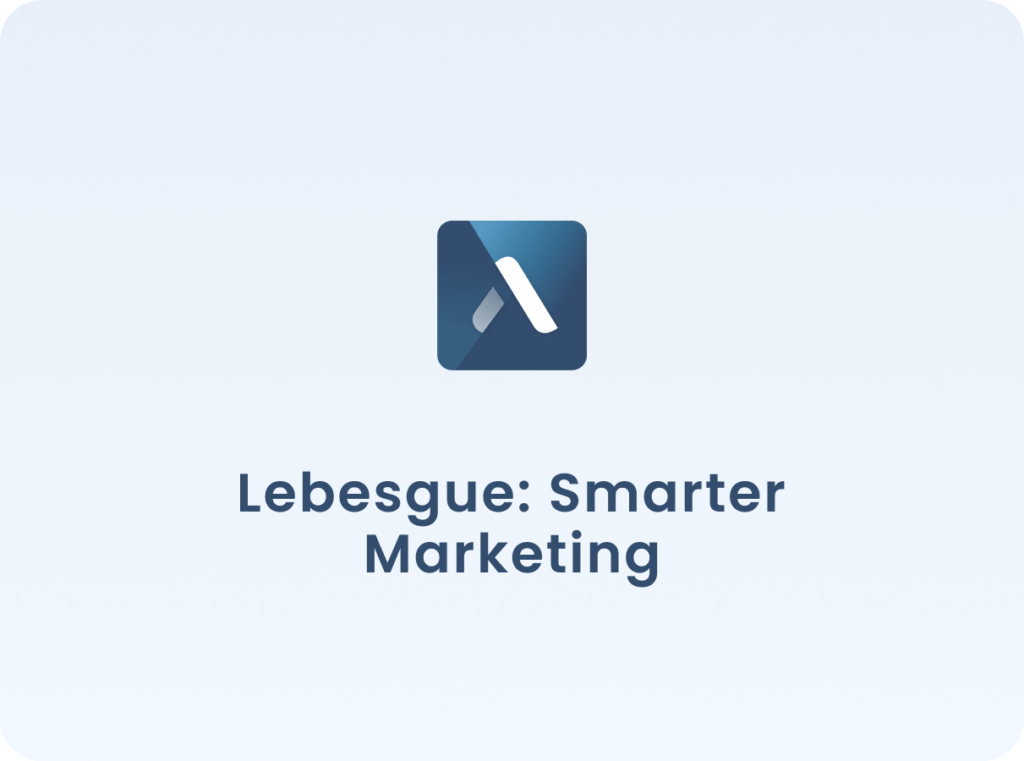Yes, you can add the Facebook Pixel to your Shopify store. Pixel is a piece of code that you can add to your website to track and measure conversions from Facebook Ads.
To add the Facebook Pixel to your Shopify store:
- Log in to your Facebook Ads account and go to the Pixels tab.
- Click the Create a Pixel button and follow the steps to create a new pixel.
- Copy the pixel code that is generated.
- Log in to your Shopify account and go to Online Store > Themes.
- Click on the Actions button and select Edit Code.
- Locate the theme.liquid file and paste the pixel code in the header section, just above the closing head tag.
- Save your changes and test the pixel to make sure it is working correctly.
Once you have added the Facebook Pixel to your Shopify store, you can use it to track conversions, retarget visitors, and optimize your Facebook Ads for better performance.
